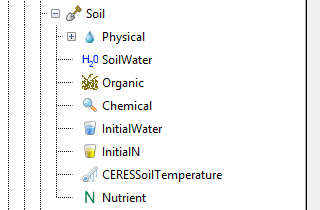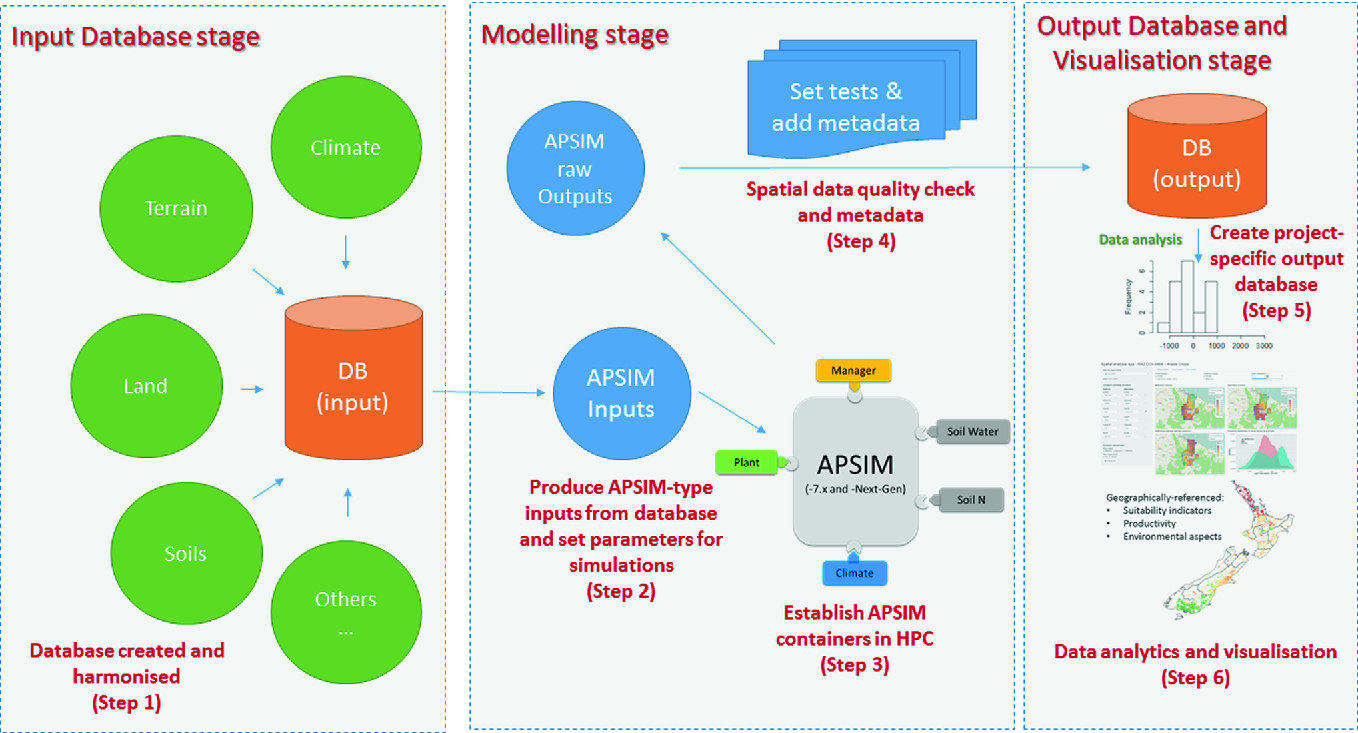

To connect to the NAS SSH service, type:Ĭode: Select all ssh and enter your NAS 'admin' password when requested Once you've launched 'Terminal', you are now at the command line. macOS You already have a terminal program installed! Read here for how to find and launch it.For Windows 10 users with a build later than 1709, try the new Microsoft OpenSSH client. Add your NAS 'admin' username and 'admin' password and NAS IP address. After it's installed, you're ready to configure a connection to the NAS. A common one for Windows is called PuTTY. Windows You'll need to install a terminal client to create an SSH connection.And that will depend on your operating-system: Now, you just need a terminal program to remote-access the NAS. The SSH username will be ' admin' and the password will be the same password you use to login to the QTS desktop as the admin user. I'll skip locating your NAS IP address as this has been discussed extensively in the forums. It will need the IP address (or hostname) of your NAS and the username and password of a user who is permitted to access the NAS.

Done! Login Any terminal connection will require some information about the remote system that you want to connect to. Click the ' Apply' button if you made any changes.

Ensure that the ' Allow SSH connection' box is ticked. Login to your NAS QTS desktop and navigate to Control Panel -> Network Services -> Telnet / SSH. A basic SSH server is already installed and configured in your NAS, but you'll need to check that it's enabled. Which is then accessed from one or more client shells. SSH requires an SSH server (daemon) to be running on the target device. It's also how you'll access your NAS command line. It's used to remote-access Unix, Linux and Mac computers (as well as Android, servers, routers, modems, etc.). SSH ( Secure SHell) is a network service that is used to access a shell remotely. There's lots more to learn! Accessing the NAS command-line-interface QNAP NAS use a well-known shell called BASH ( Bourne Again SHell). After you've read it, please continue with your self-education. It will focus on the specific shell found in the standard firmware. This is for new QNAP NAS users who may want to learn how to use the installed BASH shell, but don't know where to start.


 0 kommentar(er)
0 kommentar(er)
